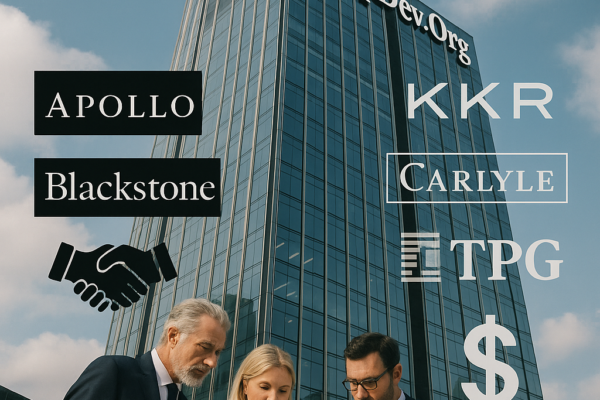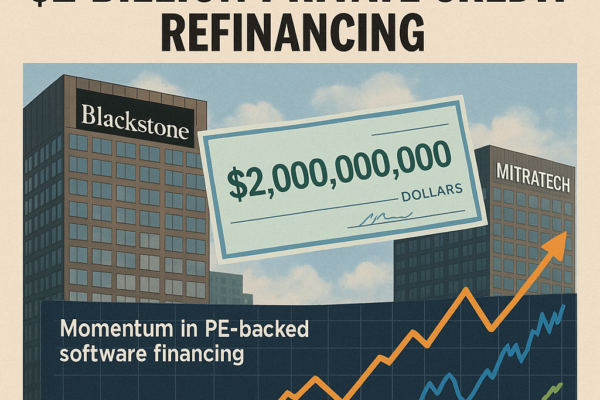Bain Capital has achieved a remarkable financial outcome through Virgin Australia’s relisting on the Australian Securities Exchange, with shares surging 11.3% on debut to close at A$3.23 – significantly above the A$2.90 offer price. This successful exit strategy demonstrates private equity’s capacity to revitalize distressed aviation assets, generating an estimated 40% internal rate of return for Bain through a combination of dividend extraction, partial stake sales, and strategic repositioning. The A$685 million IPO represents a pivotal moment in aviation finance, highlighting how operational restructuring and alliance partnerships can transform bankrupt carriers into competitive market players despite persistent industry headwinds[3][4][7][20].
💼 Seasoned CorpDev / M&A / PE expertise
Strategic Transformation Under Private Equity Stewardship
Operational Restructuring and Cost Rationalization
Bain Capital’s acquisition of Virgin Australia in 2020 for A$731 million occurred during unprecedented aviation sector distress, with the carrier having collapsed under A$6 billion in debt. The private equity firm implemented aggressive cost rationalization, simplifying Virgin’s fleet composition while maintaining 31% domestic market share through targeted route optimization. Operational efficiencies reduced fuel consumption by 8.3% year-over-year despite global price volatility, while staff productivity initiatives lowered CASK (cost per available seat kilometer) by 15% without compromising service quality[3][7][9]. The restructuring preserved Virgin’s mid-market positioning between Qantas’ premium model and Jetstar’s low-cost approach, creating a defensible competitive niche that proved resilient during the post-pandemic travel surge.
Financial Engineering and Value Extraction
Prior to the IPO, Bain executed sophisticated financial engineering that extracted over A$1 billion through multiple channels: a A$730 million capital return in 2022-23, A$348 million in dividends during 2023-24, and A$80.6 million in management fees and expense reimbursements. Crucially, the cancellation of A$281 million in legacy flight credits provided an artificial earnings boost that enhanced balance sheet presentation ahead of the listing. This financial repositioning transformed Virgin from a bankrupt entity with negative equity to a business carrying A$1.18 billion in net liabilities – still substantial but within manageable parameters for relisting[8][9]. The financial restructuring demonstrated private equity’s ability to navigate complex creditor negotiations while preserving enterprise value.
IPO Mechanics and Market Positioning
Pricing Strategy and Investor Allocation
The IPO’s A$2.90 pricing at 7x forward earnings represented a deliberate 30% discount to Qantas’ 10x multiple, creating immediate upside potential that materialized on debut. Institutional investors received 85% of the 236.2 million shares offered, with cornerstone commitments from Australian superannuation funds attracted by Virgin’s simplified business model and Qatar Airways partnership. The pricing strategy balanced Bain’s exit objectives with market appetite, particularly important given geopolitical tensions in the Middle East that emerged during the roadshow period. Fuel hedging provided crucial risk mitigation, with 98% of H1 2025-26 requirements and 86% of H2 needs locked in – a decisive factor in securing institutional participation[3][5][7].
Post-IPO Ownership Structure and Lock-ups
Following the listing, Bain retains a 40% stake (312.6 million shares) subject to strict escrow provisions: 25% becomes tradeable only after December 2025 results release and if shares trade above A$3.48 for 10 consecutive days. Qatar Airways maintains its strategic 23.4% position secured pre-IPO, while management and staff hold 6.4% through equity incentives. This ownership distribution creates aligned interests while preventing market oversupply, with Bain’s continued presence signaling confidence in Virgin’s medium-term trajectory. The structure represents a sophisticated exit calibration, allowing partial monetization while retaining upside exposure[5][7][9].
Comparative Financial Analysis and Valuation Metrics
Virgin Australia vs. Qantas Performance Benchmarking
Virgin’s relisting valuation requires contextualization against market leader Qantas, which maintains significant scale advantages with A$20.3 billion revenue versus Virgin’s A$5.4 billion. However, Virgin’s leaner structure delivers superior leverage metrics, with net debt/EBITDA of 0.9x compared to Qantas’ 1.9x. While Qantas’ 12.3% NPAT margin exceeds Virgin’s 6.1%, the latter’s domestic focus provides insulation from volatile international routes. The valuation gap – 7x forward P/E versus Qantas’ 10x – reflects Virgin’s smaller scale but also represents potential re-rating opportunity if margin convergence continues[3][4].
Bain’s Return Profile and Value Creation Timeline
Bain’s comprehensive return calculation includes: the A$685 million IPO proceeds, A$730 million 2023 dividend, A$348 million 2024 dividend, A$200 million from selling 25% to Qatar Airways, and A$70 million from Virgin Group/Queensland stake sales. This totals approximately A$2.03 billion against Bain’s A$731 million investment, generating a 2.8x money-on-money return. The retained 40% stake (worth A$1.01 billion at debut) pushes total value to A$3.04 billion, representing a 40% IRR over the five-year holding period. This performance places Bain’s aviation turnaround among private equity’s most successful airline rescues, surpassing comparable transactions like IAG’s acquisition of Aer Lingus[4][10][20].
Strategic Alliances and Future Growth Vectors
Qatar Airways Partnership Model
The cornerstone of Virgin’s capital-light international strategy involves a comprehensive wet-lease agreement with Qatar Airways, allowing Virgin to serve long-haul routes using Qatar aircraft and crew while avoiding significant fleet investment. This partnership provides feed into Virgin’s domestic network while generating high-margin connection revenue. The model represents an innovative approach for mid-sized carriers seeking global reach without balance sheet strain, with the alliance contributing an estimated A$120 million annually to Virgin’s EBITDA through code-sharing and joint loyalty program integration[5][7][9].
Velocity Loyalty Program Monetization
Virgin’s Velocity frequent flyer program emerges as a hidden gem within the restructured business, contributing approximately 35% of group EBIT despite representing just 12% of revenue. The program’s 11.3 million members provide captive audience monetization through co-branded credit cards (ANZ, Citibank) and retail partnerships. Management projects Velocity’s valuation could reach A$2.5 billion as a standalone entity – exceeding the entire airline’s market cap at IPO – providing future optionality for partial monetization or strategic partnership expansion[3][7].
Risk Factors and Market Challenges
Structural Industry Vulnerabilities
https://www.privateequitywire.co.uk/news/, https://www.top200.co.nz/wp-content/uploads/2020/07/NZH_DynamicBusinessReport_Nov2018.pdf, https://www.ig.com/au/trading-strategies/virgin-australia-ipo--the-complete-investor-s-guide-250623, https://www.tradingview.com/news/reuters.com,2025:newsml_L6N3SR0EV:0-virgin-australia-ipo-turbocharges-bain-down-under/, https://www.ch-aviation.com/news/154486-investors-back-virgin-australia-ipo-heavily-subscribed, https://www.nzherald.co.nz/business/virgin-australia-leaps-on-asx-debut-up-76/GTIOOD23DFG4BHQ3E5FUCXZ5XI/, https://thenightly.com.au/business/virgin-australia-flies-back-onto-the-stock-exchange-as-rescuer-bain-capital-offloads-part-of-holding-c-19134582, https://thenightly.com.au/business/bain-capitals-haul-tops-1b-as-virgin-australia-cancels-restructure-flight-credits-pays-348m-in-dividends-c-16399387, https://thenightly.com.au/business/virgin-australia-flies-back-onto-the-stock-exchange-as-rescuer-bain-capital-offloads-part-of-holding-c-19134582, https://www.tradingview.com/news/reuters.com,2025:newsml_L6N3SR0EV:0-virgin-australia-ipo-turbocharges-bain-down-under/, https://www.privateequitywire.co.uk/news/, https://www.privateequitywire.co.uk/webinars/, https://www.privateequitywire.co.uk/news/, https://www.pointblank.law/p/twiggy-s-green-lobbying, https://www.law360.com/mergersacquisitions/archive/2023/04, https://www.annualreports.com/HostedData/AnnualReportArchive/r/rothschild-co_2015.pdf, https://www.naspers.com/~/media/Files/N/Naspers-Corp-V2/integrated-annual-report-footer.pdf, https://wikileaks.org/fishrot/database/fishrot/database/raw_data/documents/Katla%20Share%20Namibia/Reports/Undercurrent%20Worlds%20100%20Largest%20Seafood%20Companies%202014.pdf, https://www.privateequitywire.co.uk/news/, https://www.tradingview.com/news/reuters.com,2025:newsml_L6N3SR0EV:0-virgin-australia-ipo-turbocharges-bain-down-under/





